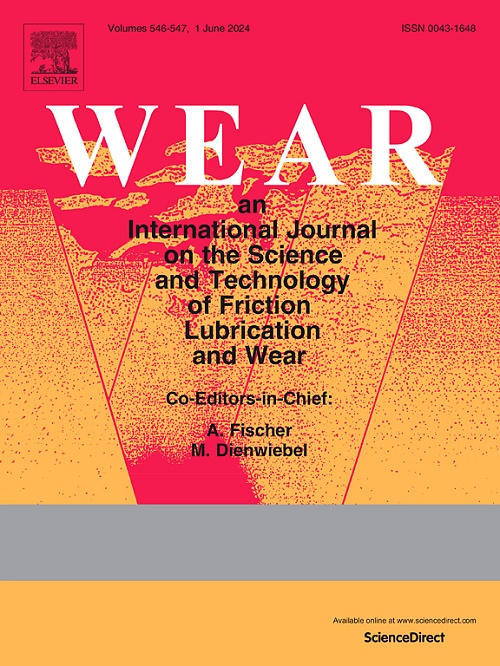Mechanistic insights and modeling of tool mark removal in fluid jet polishing for ultra-precision machining
IF 5.3
1区 工程技术
Q1 ENGINEERING, MECHANICAL
引用次数: 0
Abstract
Tool marks, which are unavoidable surface defects in ultra-precision machining processes such as milling, grinding, and turning, can significantly degrade the performance of high-end components. Therefore, the elimination of these marks to achieve a smooth finish is imperative. Fluid jet polishing has emerged as a promising technique owing to its shape-adaptive characteristics, which allow for effective application on both freeform and structured surfaces while ensuring high dimensional accuracy. However, the underlying mechanism of tool mark removal in fluid jet polishing remains poorly understood, posing a challenge to predicting its efficacy. Currently, the effectiveness of tool mark removal is primarily evaluated through laborious trial-and-error experimentation. This study seeks to elucidate the mechanism of tool mark removal in fluid jet polishing to enhance its efficacy. A physical model was established to simulate the abrasive erosion selectivity and the evolution of tool mark morphologies. A comprehensive set of experiments was conducted to validate the model's accuracy. By leveraging this physical model, manufacturers can gain critical insights into the tool mark removal process and make informed decisions to optimize the parameters in fluid jet polishing. Ultimately, this research advances the quality and performance of high-end components in ultra-precision machining.
超精密加工流体喷射抛光中刀具痕迹去除的机理与建模
刀具痕迹是铣削、磨削、车削等超精密加工过程中不可避免的表面缺陷,它会显著降低高端部件的性能。因此,消除这些痕迹以达到光滑的表面是必要的。由于其形状自适应特性,流体射流抛光已经成为一种有前途的技术,它可以有效地应用于自由形状和结构化表面,同时确保高尺寸精度。然而,流体射流抛光中刀具痕迹去除的潜在机制仍然知之甚少,这给预测其效果带来了挑战。目前,工具标记去除的有效性主要是通过费力的反复试验来评估的。本研究旨在阐明射流抛光中刀具痕迹去除的机理,以提高其抛光效果。建立了物理模型,模拟了磨料侵蚀的选择性和刀痕形貌的演变。为了验证模型的准确性,进行了一组全面的实验。通过利用该物理模型,制造商可以获得工具标记去除过程的关键信息,并做出明智的决策,以优化流体喷射抛光的参数。最终,本研究提高了超精密加工中高端部件的质量和性能。
本文章由计算机程序翻译,如有差异,请以英文原文为准。
求助全文
约1分钟内获得全文
求助全文
来源期刊

Wear
工程技术-材料科学:综合
CiteScore
8.80
自引率
8.00%
发文量
280
审稿时长
47 days
期刊介绍:
Wear journal is dedicated to the advancement of basic and applied knowledge concerning the nature of wear of materials. Broadly, topics of interest range from development of fundamental understanding of the mechanisms of wear to innovative solutions to practical engineering problems. Authors of experimental studies are expected to comment on the repeatability of the data, and whenever possible, conduct multiple measurements under similar testing conditions. Further, Wear embraces the highest standards of professional ethics, and the detection of matching content, either in written or graphical form, from other publications by the current authors or by others, may result in rejection.
 求助内容:
求助内容: 应助结果提醒方式:
应助结果提醒方式:


